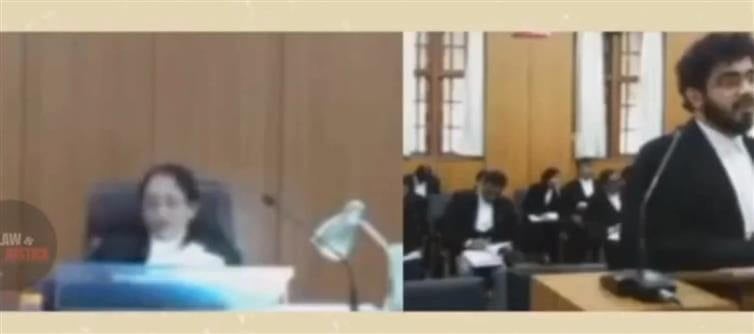
The video captures a moment of judicial scrutiny, where the judge appears to challenge the wife's advocate on the fairness and logic of the maintenance claim. The subtitles reveal a discussion about the financial aspects of both parties, with the judge pointing out that the wife did not file a statement of assets and liabilities, nor did she disclose her income in domestic violence proceedings. This raises questions about transparency and the equitable application of maintenance laws, which are intended to support the financially weaker party. The tweet's caption, "Husband's income ₹6 LPA, Wife's salary ₹82 LPA, #Maintenance asking: ₹12 Lakhs and ₹20,000 for the child," amplifies the perceived injustice, suggesting that the legal system is being manipulated to favor the wealthier spouse, despite the husband's limited means.
The post has sparked a broader conversation about gender bias and the interpretation of maintenance laws in India, with replies from users like @vipul_im and @SKJ1148 questioning the marriage dynamics and the legal provisions for maintenance. Some argue that the wife should not be entitled to maintenance given her higher income, while others point out the existing legal framework that allows for such claims, even if they seem unreasonable.




 click and follow Indiaherald WhatsApp channel
click and follow Indiaherald WhatsApp channel